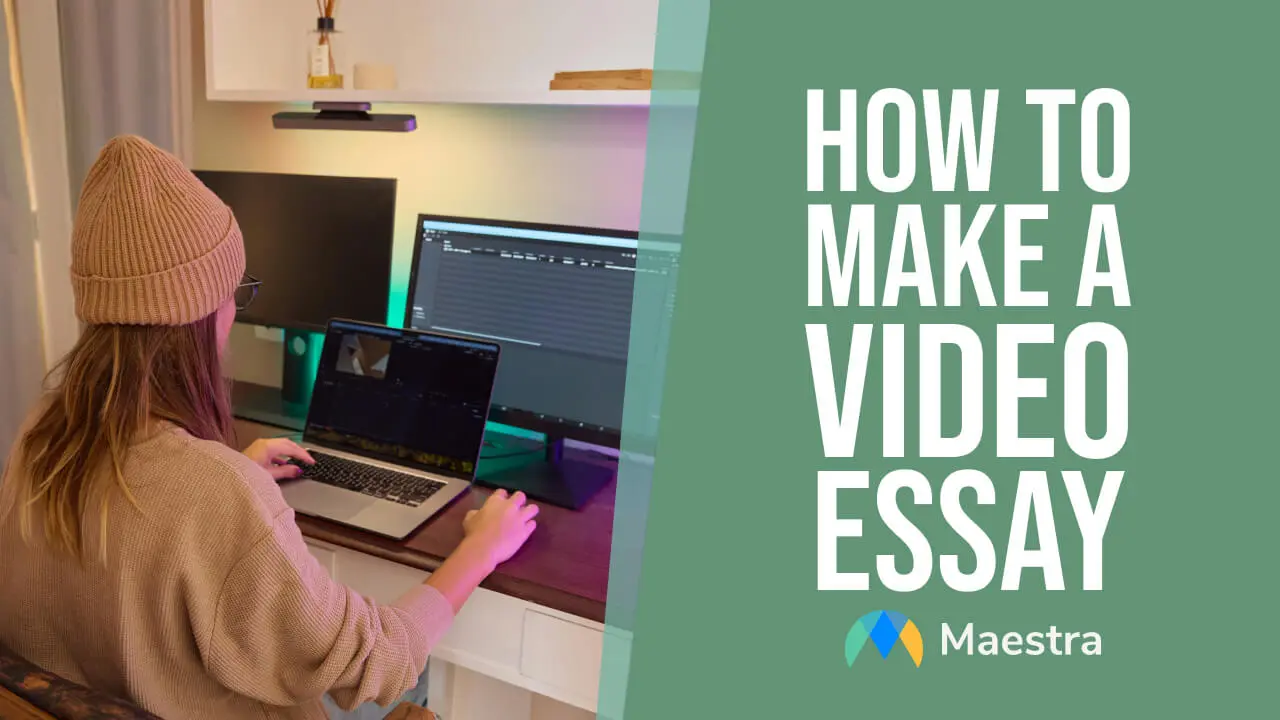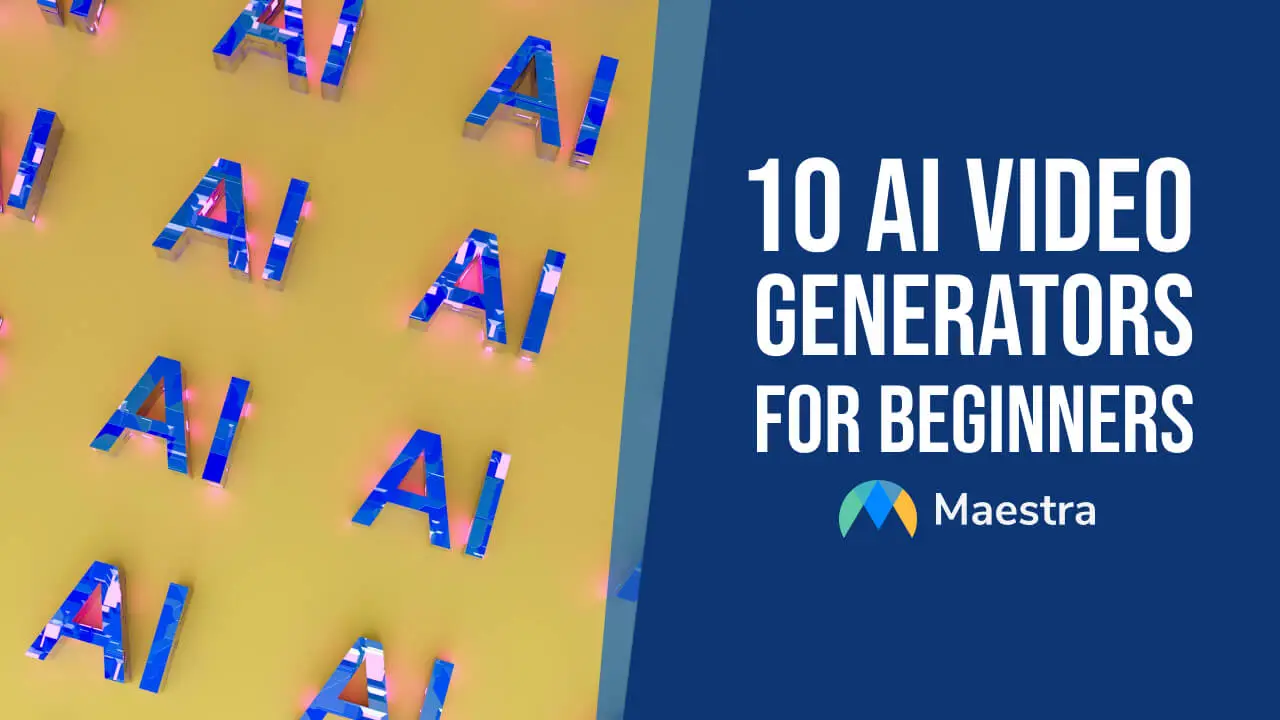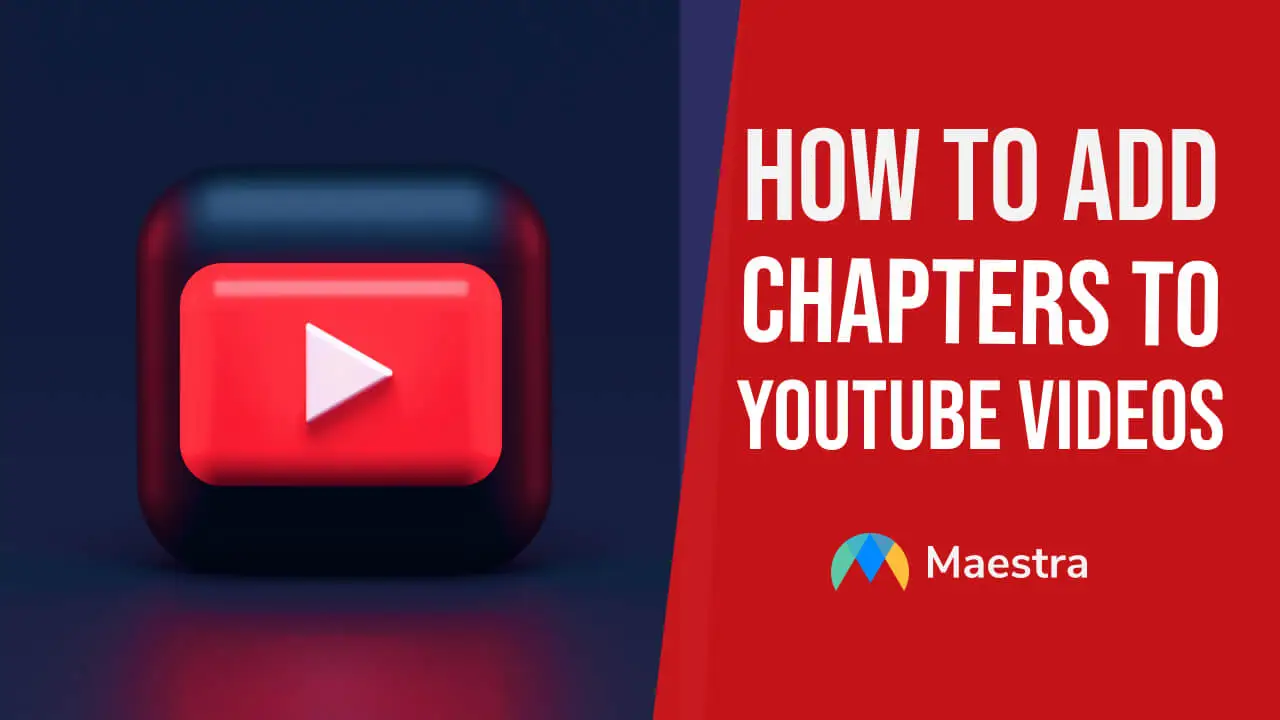How to Make a Video Essay (with 5 Inspiring Examples)

In the world of digital media, video essays are a canvas where creativity meets critical thinking. From pre-production planning to post-production editing, these videos require a careful balance of visual elements, narrative structure, and technical skills to effectively communicate your ideas.
In this blog, we will:
- Explore different types of video essays
- Guide you on how to make a video essay step-by-step
- List 10 best practices for creating compelling video essays
- Share 5 great video essay examples for further inspiration
Let’s get started.
What is a video essay?
A video essay is essentially a written essay brought to life through the use of video footage, narration, music, and other multimedia elements. As a form of creative nonfiction, it blends the depth of written essays with the power of visual storytelling.
Best video essays are:
- Personal and reflective; often explore the author’s personal experiences, feelings, and thoughts.
- Multifaceted and creative; combine various forms of media to keep viewers engaged.
- Argumentative or analytical; present a thesis and support it with evidence, or break down and analyze a particular subject.
- Thought-provoking; aim to stimulate viewers’ critical thinking and intellectual curiosity.

Before we delve into the steps on how to make a video essay, let’s take a look at its different types:
| Type of Video | Description | Use Cases | Example |
| Personal | Creator shares personal experiences, thoughts, or feelings, and often blends them with broader themes | Personal storytelling, self-expression, memoir-style pieces | “How Traveling Has Changed My Perspective on Life” |
| Argumentative | Presents a clear argument on a particular issue and uses multimedia to support the position | Persuasive content, social commentary, debates | “The Role of Corporate Responsibility in Climate Change” |
| Analysis | Provides a detailed analysis of a subject such as a book, film, or historical event | Literary analysis, film criticism, deep dives into topics | “The Evolution of Heroism in Marvel Cinematic Universe” |
| Experimental | Focuses on abstract ideas or visual storytelling through unconventional techniques like non-linear editing | Art projects, avantgarde presentations | “Soundscapes of a Sleepless City: An Auditory Experiment” |
| Hybrid | Combines elements of multiple essay types to create a dynamic piece | Multidimensional explorations, complex storytelling | “My Journey to Veganism: A Personal and Argumentative Essay” |
How to Make a Video Essay Step-by-Step
Whether you’re exploring a personal story or making a strong argument about a current issue, video essays offer a powerful format for self-expression and analysis. Here is how to make a video essay in 3 stages:
Pre-production
- Choose your topic and define your thesis statement. Select a topic that interests you and that you understand well. Then develop a clear and concise thesis statement that outlines the main argument or claim of your essay. For example, if you’re creating a personal college application video, your thesis might focus on how a specific experience shaped your worldview or contributed to your personal growth.
- Gather research materials. Conduct thorough research to gather information that supports your thesis. Make sure to organize your sources so you can reference them accurately during the production and editing phases.
- Develop an outline and craft a script. Break down your outline into introduction, body, and conclusion. List the main points you will cover in each section. This will ensure that your essay flows logically and smoothly. Then write a script that expands on your outline.
- Create a storyboard. You don’t have to be a professional artist; just sketch out a basic visual plan of how your video will unfold. Map out the key scenes, shots, and visual elements that correspond to your outline. Include captions and notes to describe each shot.
- Prepare your equipment and software. Gather the video equipment for your video production, such as camera, microphone, tripod, and lighting. If you’re going to use AI tools, familiarize yourself with the software and test it with sample footage to ensure it works as expected.

Production
- Set up your equipment. Position your camera, lighting, and microphone according to your script. Make sure that the camera is stable, the microphone is properly set up for clear audio, and the lighting is adjusted to enhance visibility and create the desired mood.
- Record or generate your video. Follow your script and storyboard to shoot the necessary footage. Pay specific attention to framing, focus, and audio quality during recording.
If you’re using an AI video generator, provide the tool with your script, and select the desired style or aesthetic for your video. The AI will then process your input and generate the video essay. You may need to provide additional details or make adjustments during the generation process.
Post-production
- Edit your footage. Import it into your chosen video editing software. (Popular options include Adobe Premiere Pro, Final Cut Pro, and DaVinci Resolve.) Arrange clips according to your script and storyboard, trim unnecessary parts, and correct any visual or audio errors for a polished final look. In case of AI video generators, review the generated content carefully and utilize the tool’s editing features as you need. HeyGen's AI video generator features integrated editing tools that allow you to adjust timing and pacing without needing to switch to separate software.
- Incorporate music, sound effects, and text overlays. Make sure that auditory elements complement the mood and do not overshadow narration. Integrate text overlays to introduce sections, highlight key points, or provide additional context. All these elements must be seamlessly integrated and add value to your video essay.
- Add subtitles and atranscript .Subtitles will make your video essay accessible to a broader audience and facilitate comprehension for those who prefer or require visual text. Always check if captions are synchronized with the audio and accurately represent the spoken content. Meanwhile, generate a transcript of the video to provide a textual version of the content, which can also aid in SEO and accessibility.
- Do a final review and make necessary adjustments. Watch your video essay in its entirety to ensure that all elements are cohesive and effective. Consider seeking feedback from others to confirm that your video conveys your message clearly.
- Export and upload your video essay. Choose the appropriate format and resolution for your intended platform. When uploading your video, write a compelling title and add an eye-catching thumbnail to attract viewers. Include relevant keywords and tags to increase discoverability.

10 Best Practices for Making Video Essays
In addition to the instructions mentioned above, these 10 best practices on how to make a video essay can make your content even more impactful:
- Rehearse your script. Practice makes perfect, so rehearse your timing, intonation, and pacing to reduce the likelihood of errors and improve overall presentation.
- Have a strong opening and closing. Start the video essay with an intriguing introduction to grab your audience’s attention, and end with a strong conclusion to reinforce your main points and leave a lasting impression.
- Avoid rambling or going off on targets. Stay focused on your main points and do not include unnecessary elaboration or unrelated anecdotes, as every segment must contribute to your thesis.
- Incorporate data or statistics. Present them in a clear and understandable way, utilizing visuals like charts or graphs to make it more relatable for viewers.
- Use B-roll footage, graphics, and animations to enrich your main content. These elements can help you illustrate complex ideas, reinforce your arguments, and make your video essay more memorable.
- Provide high-quality audio. Minimize background noise during recording, and adjust audio levels and eliminate any distracting sounds during post-production.
- Prioritize accessibility. Include subtitles and closed captions to aid deaf and hard of hearing viewers while maintaining high contrast between text and background for better readability.
- Encourage audience interaction. Add calls-to-action (CTAs) for viewers to comment, like, share, or subscribe, and ask them to share their opinions and experiences related to the topic.
- Track and optimize. Regularly check view counts, watch times, and engagement rates to understand how well your content is performing and analyze the data to refine your approach.
- Experiment and have fun. Try different approaches, such as using various editing styles or narrative techniques, and stay open-minded along your creative journey.
Add AI Subtitles to Your Video Essay
5 Powerful Video Essay Examples
Featuring an example from each category, these 5 videos can inspire you with various approaches on how to make a video essay.
Personal Video Essay
This college application video is a great example of a personal video essay. With a clear structure, it demonstrates why the person is a good candidate and utilizes editing features smoothly. The effective use of graphics, background music, subtitles, and transitions all contribute to the success of the video.
https://www.youtube.com/watch?v=ASRB1MjcDvA
Argumentative Video Essay
This argumentative video essay named “How Discounts Keep You Poor” shows the importance of well-done research for this kind of content. The main argument is supported by solid reasons and examples, which are highlighted with eye-catching text overlays. The call to action at the end of the video invites viewers to share their own thoughts on the subject and subscribe to the channel.
https://www.youtube.com/watch?v=mEB29kOlkq4&list=PLwBDOElnDYbn9pXLf4MngslJoHA4Wygzh&index=16
Analysis Video Essay
Titled “Why Do Movies Feel So Different Now?”, this analysis video essay focuses on how movies have evolved since modernism. Based on movements like postmodernism and metamodernism, the content is organized into chapters to create a logical flow. A professional voiceover accompanies high-quality footage from movies, all creating a final harmonious piece.
https://www.youtube.com/watch?v=5xEi8qg266g
Experimental Video Essay
Going beyond traditional video game reviews, this experimental video essay explores gaming as a perfectionist. It adopts unique audiovisual techniques to blend in-depth analysis with unconventional storytelling. The clever use of humor and game footage also adds an experimental flair to the typical video essay format.
https://www.youtube.com/watch?v=yyI5ASTUAAg
Hybrid Video Essay
This hybrid video essay titled “drowning in entertainment: the age of distraction” combines personal, argumentative, analysis, and even experimental formats to delve deep into how we interact with information today. It uses attention-grabbing B-roll footage, still images, and text overlays to enhance the narrative. The talking head sections further personalize the content, allowing the creator to build a direct and engaging connection with the audience.
https://www.youtube.com/watch?v=NJZ5YNrXMpE
Frequently Asked Questions
How long is a video essay?
This can vary depending on the complexity of the topic, the target audience, and the platform on which the video essay is shared. Typically, video essays last from a few minutes to over an hour. It’s important to keep the length aligned with the content’s depth and engage the viewers without overwhelming them.
How do you get ideas for a video essay?
For personal video essays, consider experiences that have shaped your perspective or lifestyle. For argumentative and analytical video essays, pressing social issues or cultural trends are excellent sources of inspiration. Meanwhile, hypothetical scenarios (e.g., future possibilities) or artistic interpretations can fuel ideas for hybrid and experimental video essays.
What to wear for a video essay?
Students shooting an application video essay can opt for business casual attire. YouTubers and content creators might choose outfits that align with their personal brand and content style. Business professionals can wear a collared shirt or blouse to convey a polished and professional look. Each outfit choice should reflect the context of the video and enhance the overall presentation.
How to make a video essay for YouTube?
You can follow the steps above to make a video essay for YouTube. For this specific platform, it is especially important to use relevant keywords and design an eye-catching thumbnail to draw viewers in. Take advantage of YouTube’s end screens or cards to promote related video essays.
How to make a video essay for class?
When making a video essay for your class, make sure you understand the topic, length, and any other guidelines correctly. Organize your thoughts in a logical sequence, plan the footage you’ll use to support your points, and rehearse your script beforehand. Ensure audio and visual quality while recording and editing the video, and don’t forget to have fun!
Summary
Featuring actionable tips, this blog covered the steps on how to make a video essay and listed 10 best practices for making this kind of content even more polished and memorable. It also shared 5 inspiring video essay examples in different types.
Here are our 3 golden rules for creating an impactful video essay:
- Define and stick to your thesis statement. This will be the core of your video essay and help you stay focused during the production phase.
- Have a strong beginning and end. Both should be carefully crafted to hook your audience from the start and provide a satisfying conclusion that ties everything together.
- Utilize various multimedia elements. Incorporate video footage, images, text overlays, and music to express complex ideas and maintain viewer interest.
Follow the tips in this blog to refine your video essay creation process, and feel free to experiment with different formats along the way.


